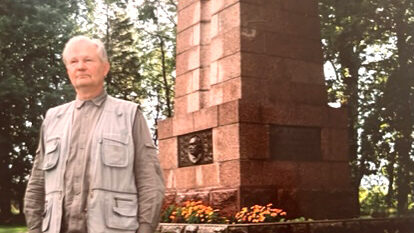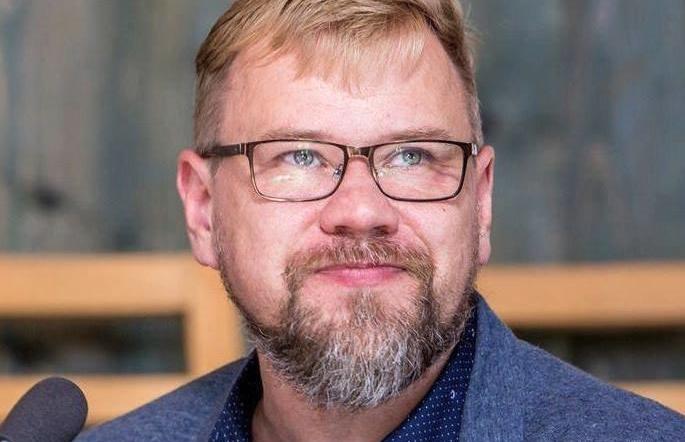Many governments consider this to be an urgent concern.
Recruitment? An analysis of 48 foreign fighters in al Queda ranks, who had been captured and interviewed by Western intelligence has shown that most had little or no education, nor military experience. All came from large families and getting attention was a prime motivator for joining. Most were reluctant to tell their families for fear of disapproval. Al Queda targets young men whom they perceive as impressionable and lonely at their jobs or at mosques.
ISIS skilfully uses social media to reach out to potential recruits. A Western intelligence specialist says, “ISIS is used for intimidation, for the fear factor and as a tool to attract young men who are mesmerized by violence and successes in the battle field.” A young boy holding the severed head of a Westerner is a typical enticement of new recruits. “It's a vicious cycle that plays into the narrative that they are fearless, ruthless fighters for their cause which they wrap in religion.” The recruited Westerner is told their destiny is to be martyrs for the cause. It's their duty to become suicide bombers. Statistics confirm this. Some 90% of suicide bombings in Iraq are carried out by foreign terrorists.
When one mentions the role that religion may play in the terrorist's motivation, he might be labelled a religious bigot for suggesting an undistorted Islamic connection. They argue that “the religion itself is a political project, and in fact an imperial project, in a way that modern Christianity, Judaism, Hinduism and Buddhism are not.” They say that apologists insist “that militant Islam is a distortion of Islam, but that is not true. It emerges out of the religion, constituting a radically new interpretation. Jihadist terrorists are religious believers: that much is undeniable. They invoke Allah and the Koran, they denounce their targets for being unholy, they speak of a divine calling and a scriptural obligation to avenge the ‘crusader' and the ‘infidel'”.
The basic argument rejecting any connection between Islam and terrorism is now very familiar: “Islam does not support terrorism under any circumstances. Terrorism goes against every principle in Islam. If a Muslim engages in terrorism he is not following Islam. Muslims throughout their history never allowed the killing of civilians, even in the midst of wars such as the crusades. There is no respected Islam scholar anywhere in the Muslim world who would support such a fatwa. Islam is the religion of peace, love and mutual respect. Islam is the religion of human value, dignity and moderation.”
The Estonian mentioned in this article's title is Jaan Karl Laaman and he's serving a 53-year sentence in a US prison. Born in 1948, Laaman came to the USA with his parents in 1948 like the other thousands who had fled Estonia in the fall of 1944 escaping the Soviet invasion and occupation. His boyhood was spent in Roxbury, Massachusets and Buffalo, New York. He has a son and a sister who is a professor of medieval English literature at Harvard University.
Laaman's 53 year prison sentence was handed down after being convicted of participating in the bombings of US government buildings, while a member of the United Freedom League, a leftist group the 1980s. In the 1960s Laaman had worked with the Students for a Democratic Society, the Black Panther Party, a street gang named the Puerto Rican Young Lords and several other groups.
In 1972 he was sentenced to 20 years after being convicted of bombing a Richard Nixon election headquarters building and a police station in New Hampshire. From this prison term he was released in 1978.
He was an active member, with Tom Manning, of the Ohio 7. After being found guilty of five bombings, one attempted bombing and criminal conspiracy in 1984 he received the 53 year sentence.
If recruits are attracted by the viciousness and barbarism of al Queda and ISIS then Laaman certainly was motivated into violent protest by a totally different set of “hooks”. One could logically ask whether the ISIS terrorist and Laaman both fit a widely accepted definition of ‘terrorist': The use of violence and intimidation in the pursuit of political aims.
But for others, terrorism is a pejorative term. “It's applied to one's enemies and opponents. It usually depends on whether one sympathizes or opposes the cause concerned. For example, if one identifies with the victim of the violence then the act is terrorism. However, if one identifies with the perpetrator, it might not be terrorism. The media, selectively, uses terms such as ‘bomber', ‘insurgent', militant', ‘rebel', ‘jihadist' etc. Apparently over 100 definitions for “terrorist” are in use today.
Laaman described his group's goals and activities in an interview a few years ago: Their aim was to form a people's front and take over the USA. Grab power in the name of the people and give it to the people, because communism and socialism had to triumph. …”Freedom-fighting, be it in a capitalistic or socialistic society is very similar in both. Sometimes I wonder what would have become of me in Soviet Estonia. I think that in the 1960s, when the Soviets supported Hanoi and anti-apartheid fighters in South Africa, like me in the US, I would still have been arrested in Estonia, fighting a corrupt state and government.”
It's interesting to note that Laaman's maternal grandfather, Priit Vaher, was a political prisoner in capitalistic Estonia. He was a revolutionary during Czarist rule and imprisoned during Päts' era released in 1920. Laaman insists that he found out about this after being imprisoned for the first time.
Even though Laaman somehow senses a legacy connection between himself and his revolutionary grandfather, Laaman would happily leave behind violence and terrorism: “The older I get the more I would involve myself with teaching yoga, herbal medicine, shiatsu and massage therapy.”
Laas Leivat




